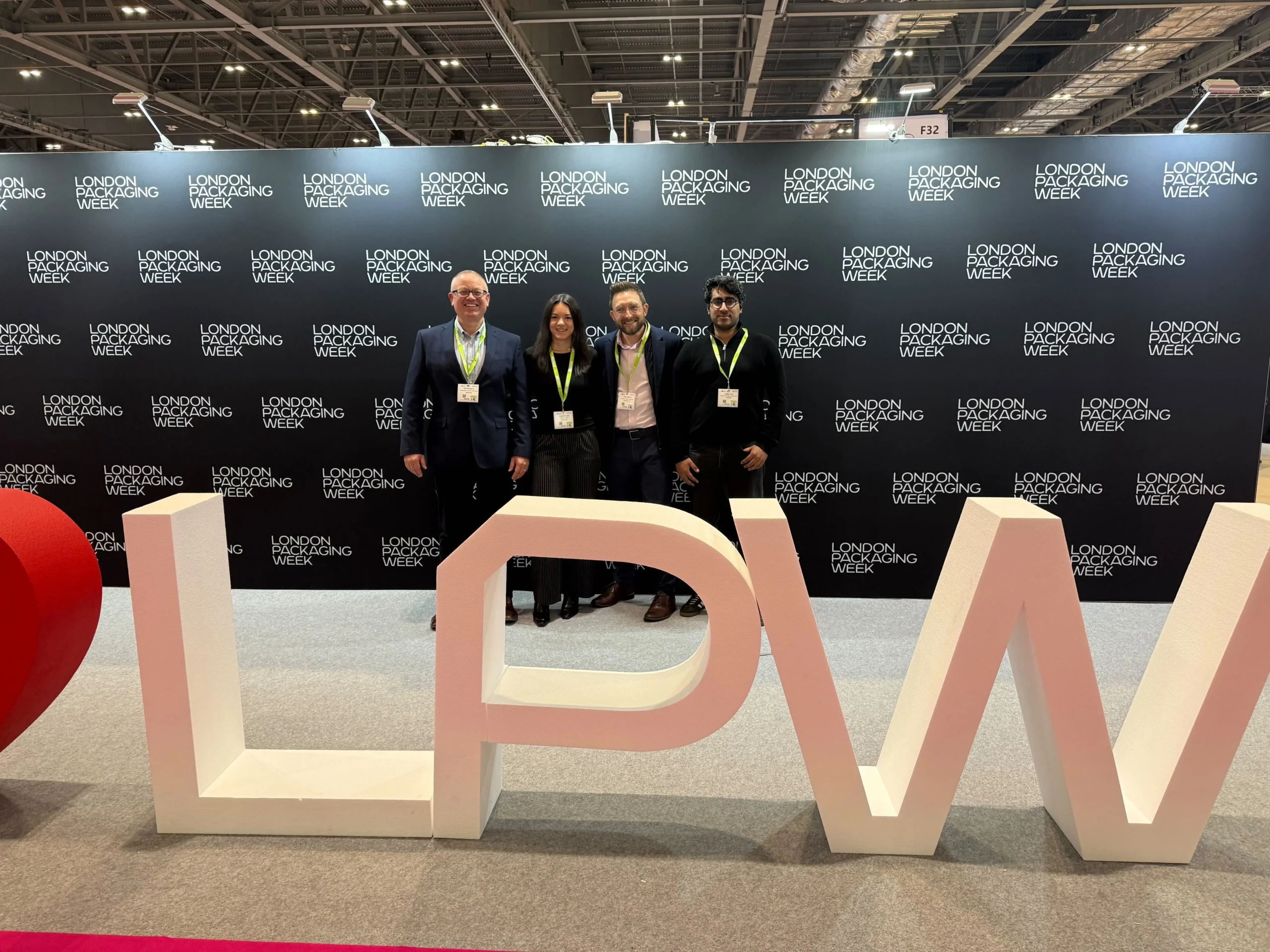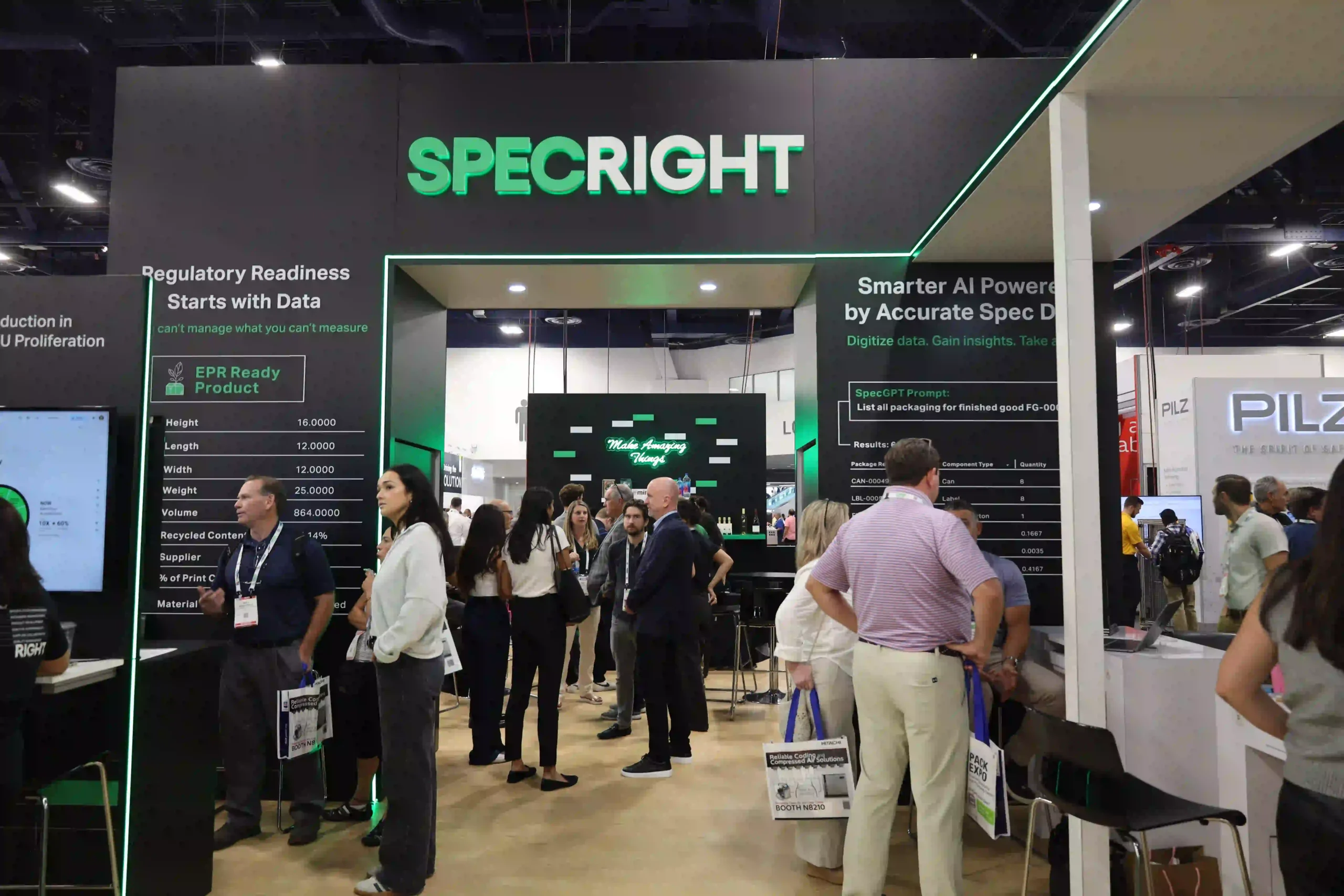Originally shared on Forbes.com
There’s no doubt that sustainability is one of the biggest challenges of our generation. New and ever-changing regulations, sourced materials and consumer preferences demand sustainability. It’s no longer something that’s “nice” to do—it’s required.
For years, companies have knowingly or unknowingly overlooked the impact they have when it comes to sustainability. This was due to a lack of awareness, lack of control around data and a lack of oversight. Now, with protocols around extended producer responsibility (EPR), greenhouse gas (GHG) and CO2e emissions being implemented across the globe, more responsibility is being put on producers to ensure packaging is sustainable and the manufacturing impact on climate change is reduced.
Many companies are struggling with reliable supply chain visibility, sustainable design and delivering on goals that are often set at a corporate level. Some companies don’t even know where to start when setting goals—but are being forced to act by emerging regulations.
The reality is, tackling sustainability doesn’t have to be complex. But it requires a fundamentally different approach to managing supply chain data.
Step 1: Know Where You Stand With Sustainability
To set goals, your company should have an understanding of where you stand when it comes to sustainability. You need to understand your products and packaging at the DNA level of data—or the specification data. You must truly decompose your product across the entire product life cycle to understand the impact you’re having on the environment.
Aggregating and understanding specification data can be a manual, lengthy process that typically has to be performed year after year—a task that many companies struggle with from a resource perspective. This level of data is typically scattered across the supply chain and is managed by the suppliers instead of the brand. When companies share specification data, it’s often shared using static formats like spreadsheets, email or PDFs.
That’s why many leading companies are starting to proactively digitize specifications across their supply chain so they can measure sustainability on an ongoing basis versus a one-off event. Once specification data is digitized, you can more easily run a life cycle assessment (LCA) to understand from start to finish the environmental impact associated with your product. Once you have a baseline, you can determine what changes need to be made.
Register for the Webinar: Reduce Packaging Costs While Increasing Green Line Growth
In today’s world, it’s expected that companies know the impact their packaging has on sustainability – but the reality is, many companies are still struggling to report on sustainability.
In this webinar, learn how Specright’s Specification Data Management (SDM) platform enables you to take control of your data and turn sustainability goals into defined, measurable actions, keep up with ever-changing regulations, and identify packaging spend reduction opportunities.
Join the Specright team as we explain how Specright’s SDM Solution:
– Reduces the time it takes to gather data for regulatory and sustainability reporting
– Brings sustainability and cost saving insights into the design phase of your projects
– Improves real-time collaboration across your enterprise and supply chain
– Provides the foundation for advanced packaging and supply chain data analytics.
Step 2: Set Goals And Create A Roadmap
Although setting goals are important, it’s getting there that matters. So, when it comes to setting goals, be realistic and understand the challenges ahead.
I recently read a stat from a Gartner study that 90% of public sustainable packaging commitments won’t be met by 2025. That’s pretty staggering, and not a statistic you want your company to fall into.
The key is to have a roadmap. Just like any product development initiative, having a roadmap is essential to collaborating across teams to achieve your goals.
Once you understand your data, what incremental changes can you make to create products that are more sustainable? Maybe it’s using another ingredient or selecting a different supplier for a more sustainable component.
You can’t make these types of decisions if you don’t have a full understanding of the specification data. You also have to ensure that you’re working cross-functionally so you can drive real action and understand the impact of change across your supply chain. For example, if you switch out an ingredient but the new one is at a higher cost, how does that impact the gross margin of the product? By working across different teams, you can find solutions together to achieve your common goal.
By breaking down the data of your products and packaging, you can see where incremental changes could help and spot where innovation can take you to the next level. Don’t be afraid to innovate. The short-term impact of a change may seem arduous, but the long-term impact may set your company apart—and impact the world for the better. Remember, sustainability is a journey, not a one-off project.
Step 3: Stop The Bleeding—And Go From Reactive To Proactive
If you’re measuring sustainability at the end of your product development cycle, you’re already too late. But if you’re operating at the spec level, you can make a change (or simulate a change) early on in the development process. This not only can save time and resources but also money.
What does this look like in action? One U.S.-based manufacturer of skincare products digitized all of their product and packaging data, including technical drawings, so its creative team could more easily analyze current materials used with new sustainable packaging options. Through digitization, they’re not only more efficient but can more easily swap or replace packaging materials to be more sustainable and cost-effective. Digitized specification data can help you evaluate your sustainability impact and make tweaks and possibly prevent any further regression from your sustainability goals.
Step 4: Implement Change
As a CTO, I’m charged with overseeing the tech stack. And I know firsthand that it’s never easy to implement change. You need to consider new tools, strategic partnerships and integrations and consider “sunsetting” legacy tools.
Real innovation is hard. Achieving sustainability is hard. If it were easy, our lives (and our planet) would be in a much different place.
To truly succeed on your sustainability journey, you must take back control of your data. This could mean utilizing tools that provide you with the ability to accurately report, make strategic business decisions, optimize your products and work with the best-sourced materials and suppliers to decrease environmental impact. There’s really no way around it. You must transition from spreadsheets and emails into digital formats that you can use to report on and drive sustainability initiatives.
As you evaluate technology and partnerships, I challenge you to be a change-maker, think “outside the box” and empower your teams to innovate. After all, what’s best for your business should also be what’s best for the world.
Explore More Blogs
Get Started
With Specright’s Solution Suite, you can digitize, centralize, and link your specification data to drive efficiencies, intelligence, traceability, and collaboration within your organization and across your supply chain network.




